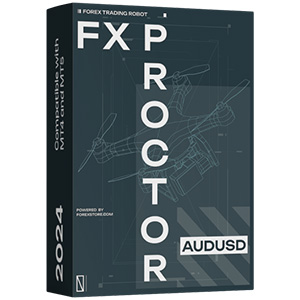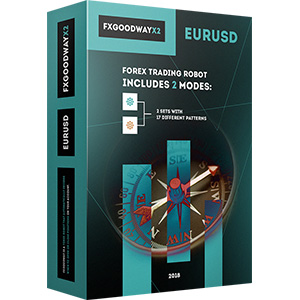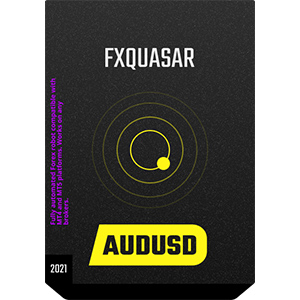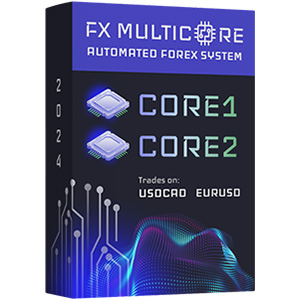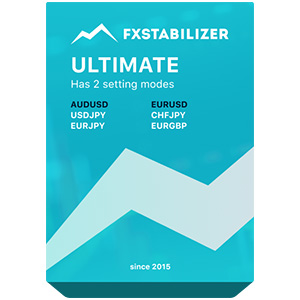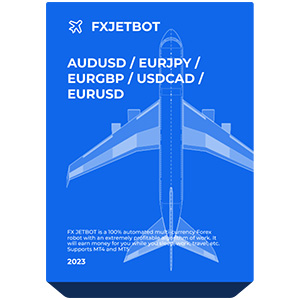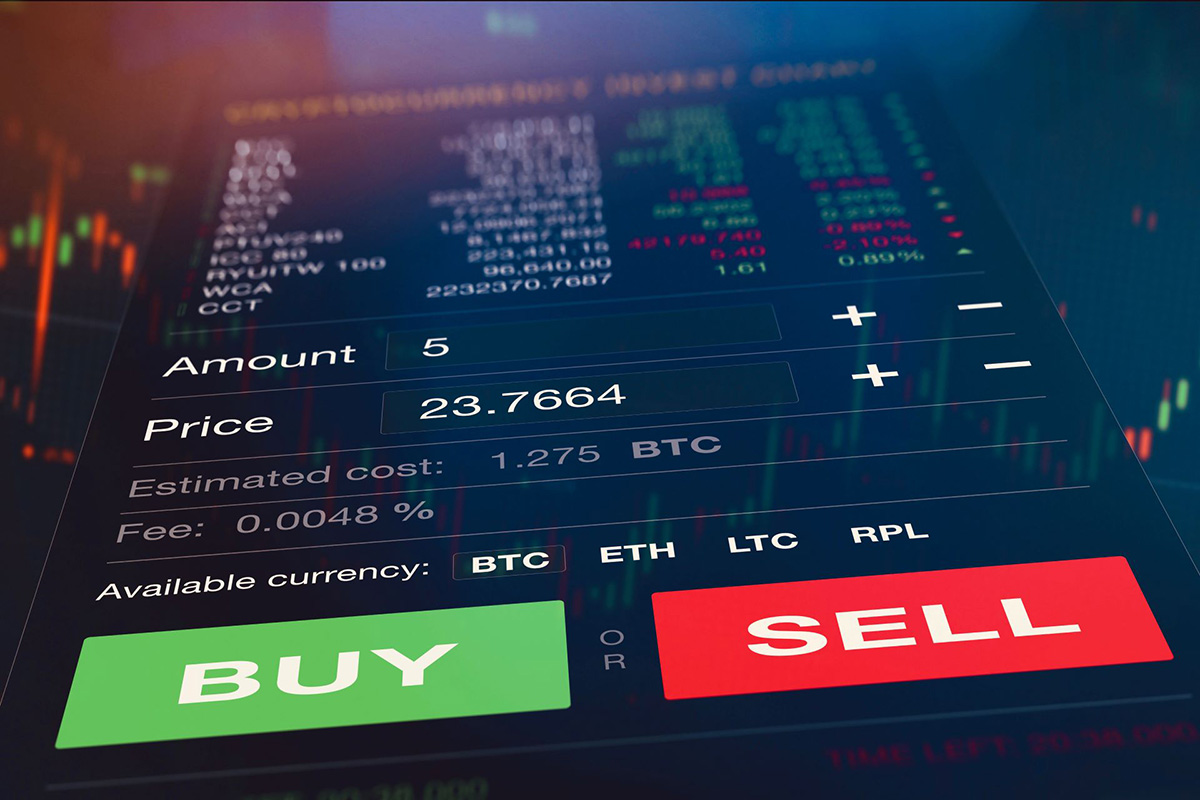
Manual trading allows you to thoroughly study all the available tools and understand how the charts work and what the indicators and signals are saying. However, manual trading requires the round-the-clock involvement of the trader in the process and also limits their potential opportunities to the number of transactions that they can physically carry out. So, in contrast to manual trading, there is algorithmic trading. It is based on mathematical models and pre-designed instructions that form the basis of a computer algorithm. Therefore, all operations can be performed without the direct participation of the trader.
You should start getting acquainted with algorithmic trading in Forex market by getting answers to the main questions: what is algorithmic trading, and how does algorithmic trading work? It will help to choose the optimal strategy, maximize profits and reduce risks.
Features of the Forex market
The Forex currency market allows traders to enter the market with minimal investment, track prices in real-time, and quickly react to any changes. The Forex market is currently the largest and most liquid, with a daily trading volume of around $6.6 trillion and growing. The main currencies on Forex are the dollar, euro, and Japanese yen. Participants in the Forex market are very different in their approaches, strategies, and volume. You can meet here anybody:
- Financial companies and corporations;
- Private and even central banks;
- Pension funds;
- Investors and retailers.
This space is suitable for the implementation of any trading strategy that a trader chooses, including algorithmic Forex trading practiced by many traders. Thanks to this, traders have an advantage in speed, accuracy, and lack of emotions when making transactions.
What is algorithmic trading in Forex?
Forex algorithmic trading is a trading method that uses a computer program that allows you to trade currencies and other assets based on a certain set of rules. From the outside, it looks too good to be true: the algorithm independently performs operations and multiplies profits. However, algorithmic trading has been actively used in the market since the technical possibility for it appeared. The main advantage of the method is speed. It also reduces risks and operational costs. A computer program can be based on a price, term, or other mathematical models
There are several types of algorithmic trading in Forex. The most popular options:
- Automatic hedging to reduce risks. The most popular are spot contracts and currency options.
- Statistical trading, which is based on the analysis of historical time frames.
- High-frequency algorithmic trading (HFT) allows you to perform operations as quickly as possible and has a high frequency. You can compare this way of trading to scalping, but HFT is riskier in a volatile market.
- Triangular arbitrage allows you to convert a currency into itself by carrying out transactions with other currencies. Such opportunities are difficult to notice and realize in manual mode, but algorithmic trading allows you to do it.
Automated trading is formed at the junction of financial markets and computer programming, due to which trading is deprived of the human factor, in particular, unnecessary emotions. Therefore, it allows you to place orders instantly, reduce transaction fees, and execute transactions at precise moments.
How does Forex algorithmic trading work?

Algorithmic trading requires experience with the stock or currency markets. Although all operations are carried out by a computer program, success and profitability directly depend on the given settings and instructions. For example, the program is programmed to fulfill only two conditions:
- Buy 10 lots when the 200-day moving average becomes less than their 50-day moving average.
- Sell 20 lots when the 200-day moving average crosses the 50-day moving average.
The program automatically monitors trading opportunities under specified conditions and monitors prices and charts. However, initially, it is the trader who must choose the optimal strategy and set the conditions for making profitable transactions.
Basics Forex algorithmic trading strategies
Forex algorithmic trading strategies are aimed at using market opportunities in such a way as to reduce potential losses and risks and maximize profits. Let's look at the most common options.
Tracking trends
Trend-following is one of the simplest algorithmic tradings in Forex. An order to buy or sell is generated based on the monitoring of market trends and takes place based on given indicators of technical indicators. Indicators such as support and resistance levels, moving averages, breakouts, and price levels are taken into account. Based on this strategy, it is easiest to see how algorithmic trading works.
Use of arbitration opportunities
Arbitrage opportunities are realized under the condition of buying assets on one market at lower prices and selling on another at higher prices. This is the least risky way to make money on Forex. Arbitrage opportunities can last for several seconds, so it is impossible to take advantage of them manually. However, algo-trading provides the technical opportunity to do so. In this way, many transactions can be carried out within a minute. The difference in prices on the markets is often small, so you can only make money by trading big positions.
Mean reversion
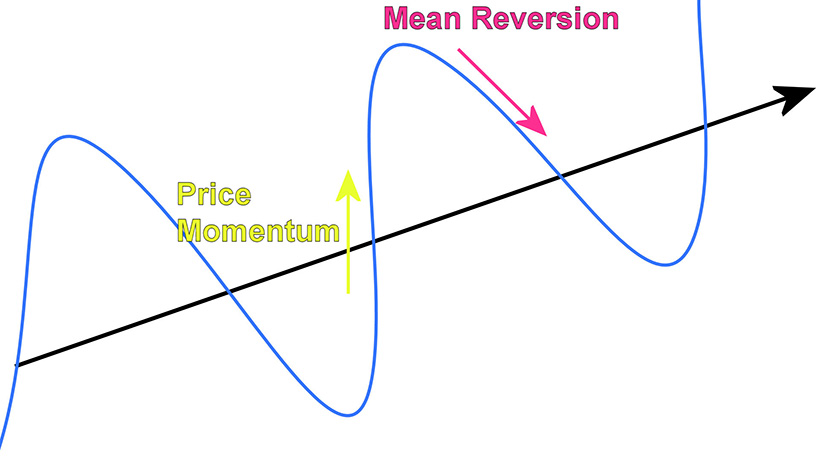
Markets fluctuate 80% of the time, high and low prices are temporary, the price always returns to the average level after reaching extreme values. Such an assumption forms the basis of the mean reversion strategy. The deal is executed on the condition that the current price returns to the average, determined by historical data. The main challenge and difficulty are to correctly determine the price range and incorporate this information into the algorithm.
Trading based on news
To assess currency biases, the trader connects the algorithmic trading platform to all possible news channels, including social media. The system automatically monitors and executes transactions based on received signals about market sentiment fluctuations.
“Iceberg”
Large financial institutions actively use the iceberg strategy to keep their Forex positions secret. Therefore, they place different positions under different brokers and at different times. This method is suitable for big players who are willing to show only the tip of the iceberg.
Rebalancing of the index fund
The strategy is based on the fact that index funds bring their assets to a reference index. Algorithmic traders profit by buying assets before rebalancing. The success of the operation depends on choosing the best price and time, which can only be tracked algorithmically.
Mathematical models use
The most popular mathematical model for algorithmic trading is the delta-neutral strategy. The goal is to offset positive and negative deltas in such a way that the total delta of open positions is zero, i.e., balanced.
Pros and cons of using algorithmic trading
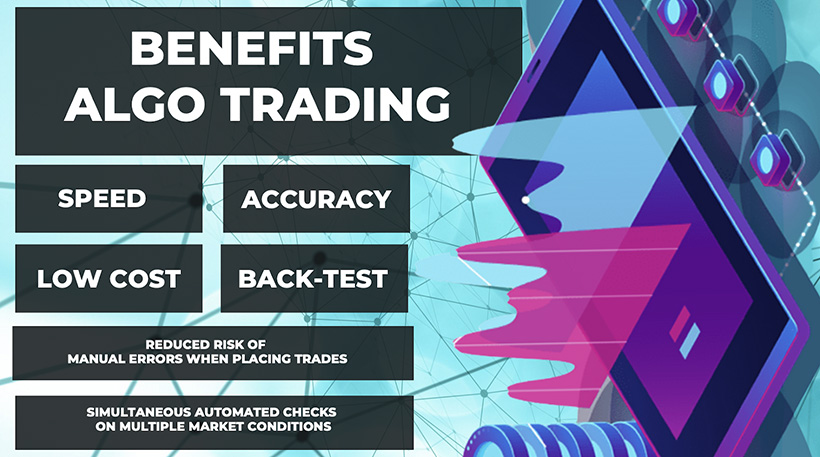
Algorithmic trading is constantly improving and becoming more and more profitable. In addition to speed, reduced operating costs, and dispassion, which are the main features of this method, algorithmic Forex trading has other advantages:
- This is a way of diversifying assets. Some traders use two accounts: on one, they trade manually, and on the second, they use an algorithmic method.
- The algorithm can be run based on past, not current data. Therefore, the method is suitable for the preliminary testing of individual scenarios and determining the profitability of a particular strategy.
- No errors when entering data manually.
- Deals are made in large volumes and at the best prices.
- The potential profitability of the deal is automatically and instantly checked. This happens based on various signals that cannot be analyzed so quickly by hand.
- The trader implements a systematic approach, which is the most effective of all existing ones.
The method has not only obvious advantages and additional possibilities, but it is also associated with certain risks. In particular, it is about the following things:
- The algorithm works quickly and automatically. Any mistake leads to significant losses.
- Cases of flesh failures are recorded in history. It looks like a quick fall in the prices of certain assets and then a quick recovery. The most famous case of such a collapse is the fall of the Dow Jones index in 2010. The index fell by 100 points in 10 minutes and triggered numerous automatic orders.
- The algorithm works solely based on the rules and models that the trader relies on. At the same time, they do not control the account. Sometimes, the specialist forgets about automatic program settings, even when certain parameters need to be changed.
So, algorithmic trading has risks and benefits, just like any other method of working in the Forex market. However, the most important bonus is the opportunity to earn more easily. This is actively used by both major market players and traders who have figured out how it works.
The Bottom Line
Algorithmic trading makes the Forex market more transparent, and the trader's activity systematized and efficient. Algorithmic strategies are based on price mismatches and exploiting these profit opportunities. However, this method of working with the market is associated with certain risks. The attention of market participants is focused on how to minimize potential problems while increasing the number of advantages of such a method.
Currently, algorithmic strategies are actively used by large market participants and traders who understand programming or order the creation of special software for trading according to given parameters. At the same time, one should not confuse automatic trading with algorithmic one. Automatic trading takes place based on one or another trading platform, while the use of proprietary models requires the development and configuration of specific software.



